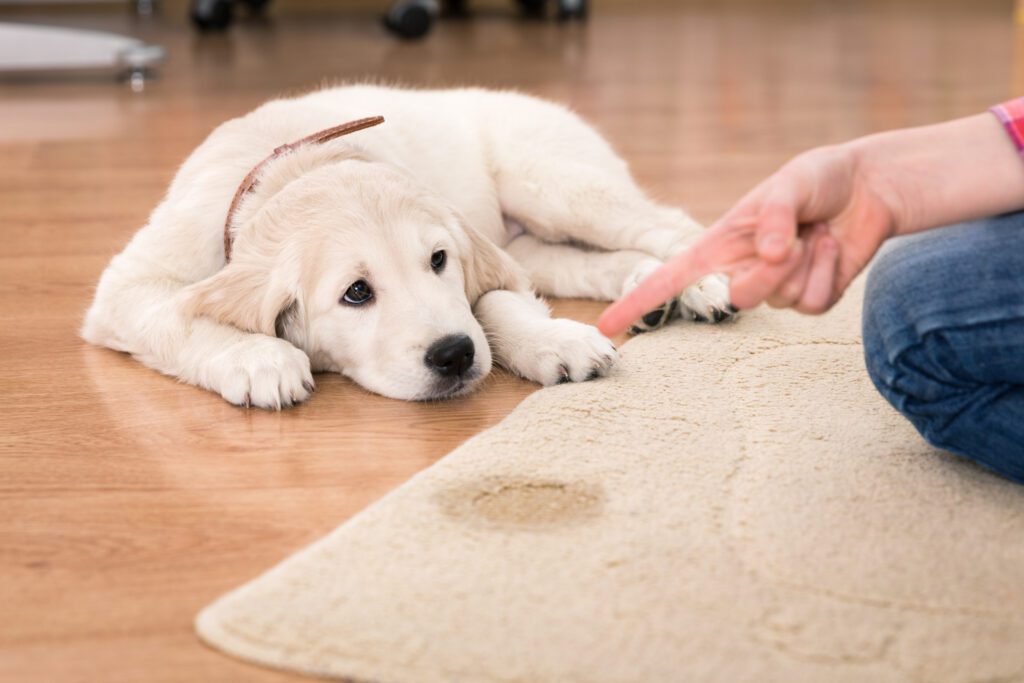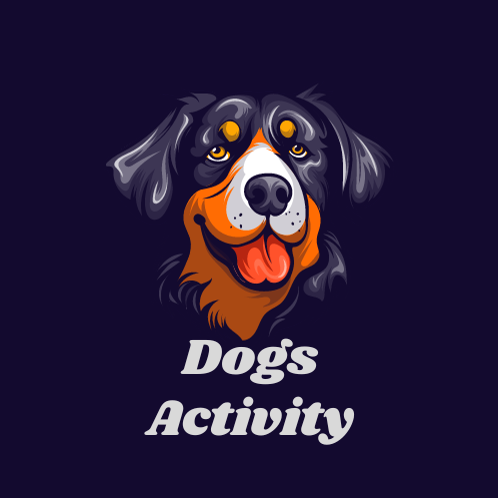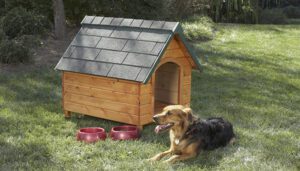
Bringing a new puppy into your home is an exciting and joyful experience. Puppies are full of energy and curiosity, but they can also be a handful when it comes to training and discipline. It’s crucial to remember that effective puppy discipline is not about punishment but rather about guiding them with love, patience, and consistency. In this article, we will explore various positive and humane methods for disciplining your puppy and helping them become a well-behaved and happy member of your family.
Understanding Puppy Behavior
Before diving into discipline techniques, it’s essential to understand the behavior of puppies. Puppies are naturally inquisitive, and they explore the world around them with boundless energy. They don’t misbehave to be disobedient; it’s simply their way of learning about their environment.
Puppies often exhibit the following behaviors:
- Chewing: Puppies have a strong instinct to chew, which helps them teethe and explore the world. However, this can sometimes lead to destructive chewing.
- Biting: Puppy biting is a common behavior as they play and interact with their littermates. They use their mouths to explore and communicate.
- House Soiling: House training a puppy can be challenging, and accidents are to be expected.
- Jumping: Puppies are full of enthusiasm and may jump on people to greet them.
- Whining and Barking: Puppies may vocalize to express their needs, whether they’re hungry, tired, or want attention.
Effective Ways to Discipline Your Puppy
- Positive Reinforcement
Positive reinforcement is one of the most effective and humane methods of disciplining your puppy. This approach involves rewarding good behavior with treats, praise, and affection, encouraging your puppy to repeat those behaviors. Here’s how to implement positive reinforcement:
- Use treats: When your puppy exhibits the desired behavior, such as sitting or staying, reward them with a small treat. Make sure the treat is something they find highly appealing.
- Praise and petting: Offer verbal praise and gentle petting to let your puppy know they’ve done well. Use a happy and encouraging tone.
- Timing is crucial: Deliver the reward immediately after the behavior you want to reinforce to help your puppy make the connection.
- Socialization
Socialization is a critical aspect of puppy discipline. It helps your puppy become well-adjusted and comfortable in various situations, reducing the likelihood of fear-based or aggressive behaviors. Here’s how to socialize your puppy effectively:
- Expose them to different people, animals, and environments from a young age.
- Use controlled introductions: Ensure that socialization experiences are positive and controlled, and gradually expose your puppy to new elements.
- Provide positive interactions: Encourage your puppy to interact with other dogs and people in a friendly and playful manner.
- Time Outs
Time outs can be an effective way to discipline your puppy when they exhibit undesirable behaviors. It helps them understand that certain actions lead to a brief removal from the situation. Here’s how to use time outs effectively:
- Choose a designated time-out area, like a crate or a quiet room.
- When your puppy engages in unwanted behavior, calmly and gently guide them to the time-out area.
- Leave them in the area for a short period (e.g., 30 seconds to a minute).
- After the time out, let them rejoin the family and reward them for calm and appropriate behavior.
- Be consistent with time outs to help your puppy understand the connection between their behavior and the time-out consequence.
- Redirecting Chewing and Biting
Chewing and biting are natural puppy behaviors, and it’s essential to guide them towards appropriate outlets for these actions. Here’s how to do it:
- Provide suitable chew toys: Offer a variety of safe and durable chew toys for your puppy to gnaw on. Encourage them to use these toys instead of household items.
- Teach “leave it”: Use the “leave it” command to redirect your puppy’s attention away from items they shouldn’t chew on.
- Offer alternatives: When your puppy bites during play, provide an appropriate toy for them to chew on instead.
- Consistency is key: Be consistent in redirecting their behavior, so your puppy learns what is and isn’t acceptable.
- House Training
House training is a crucial aspect of puppy discipline, and it requires patience and consistency. Here’s how to effectively house train your puppy:
- Create a schedule: Take your puppy outside at regular intervals, including after meals, playtime, and naps.
- Choose a designated bathroom spot: Take your puppy to the same spot each time so they associate it with potty time.
- Use positive reinforcement: When your puppy goes potty outside, praise them and offer a treat as a reward.
- Be patient: Accidents are part of the house training process. When they happen, avoid scolding and clean up the mess promptly.
- Ignore Undesirable Behavior
Sometimes, ignoring undesirable behavior is an effective method of discipline. This is especially useful when your puppy seeks attention through barking, whining, or jumping. Here’s how to use this approach:
- When your puppy displays unwanted behavior, withhold attention and eye contact.
- Wait for a moment of calm or good behavior, then reward and interact with them.
- Consistency is key: Be patient and remain consistent in ignoring the undesirable behavior until it subsides.
- Obedience Training
Obedience training is an essential part of disciplining your puppy. It helps them learn basic commands and become well-behaved members of the family. Here are some tips for effective obedience training:
- Start with basic commands like “sit,” “stay,” and “come.”
- Use positive reinforcement to reward and encourage the desired behavior.
- Keep training sessions short and engaging, ensuring they are a positive experience for your puppy.
- Gradually increase the level of difficulty and incorporate more commands as your puppy progresses.
- Crate Training
Crate training is a valuable discipline tool that provides your puppy with a safe and comfortable space while also preventing unwanted behaviors. Here’s how to implement crate training:
- Choose an appropriately sized crate for your puppy.
- Make the crate inviting by placing a comfortable bed and some toys inside.
- Use positive reinforcement to encourage your puppy to enter the crate, and gradually extend the time they spend inside.
- Never use the crate as a punishment; it should be a positive and safe space for your puppy.
- Consistency and Patience
Consistency and patience are the cornerstones of effective puppy discipline. Puppies thrive on routine, and they need time to learn and grow. Here’s how to maintain consistency and patience:
- Be consistent in your expectations and reactions to your puppy’s behavior.
- Set clear boundaries and communicate your expectations through training.
- Understand that puppy behavior can be challenging at times, and maintaining patience is crucial to their development.
- Avoid physical punishment: Never resort to physical punishment, as it can lead to fear, anxiety, and aggression in your puppy.
Conclusion
Disciplining a puppy is not about punishment; it’s about guiding them with love, patience, and consistency. Effective puppy discipline focuses on teaching desirable behaviors and redirecting undesirable ones through positive reinforcement, socialization, and appropriate training techniques. Remember that your puppy is learning and growing, and a supportive and understanding approach will help them become a well-behaved and happy member of your family.


